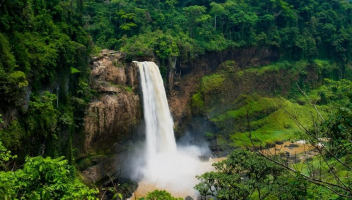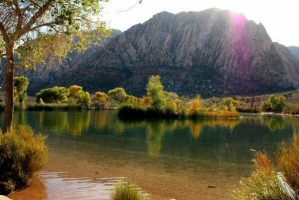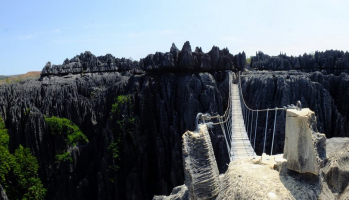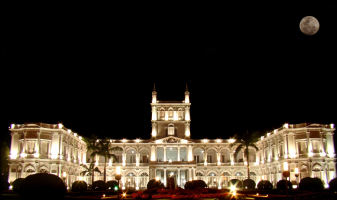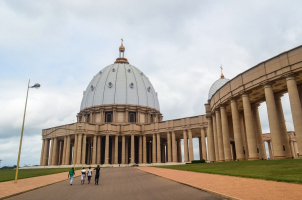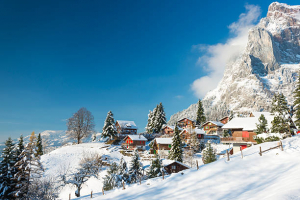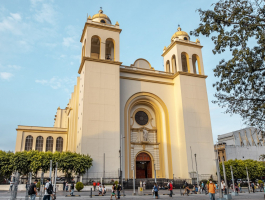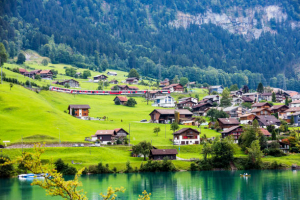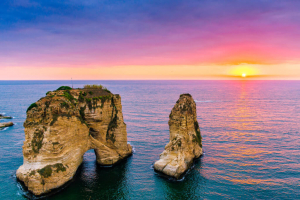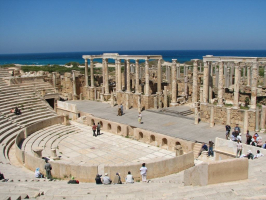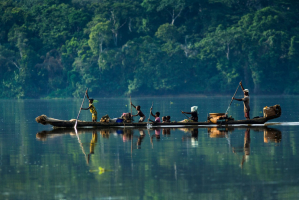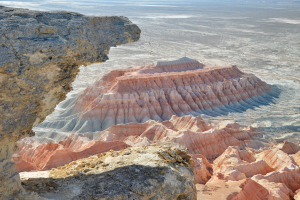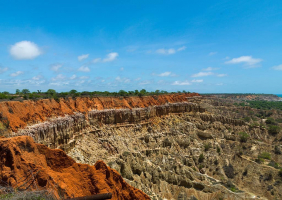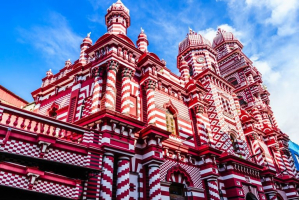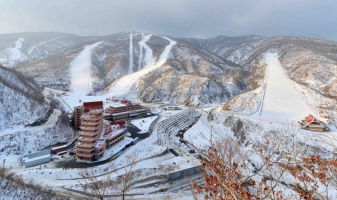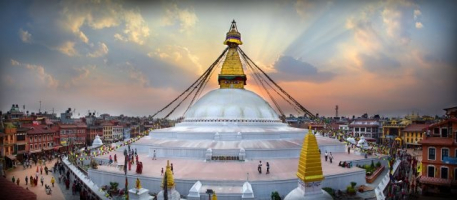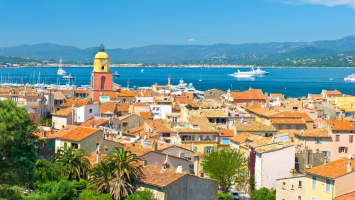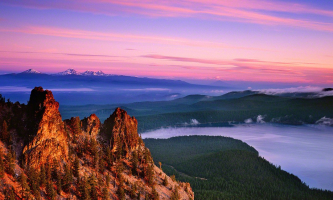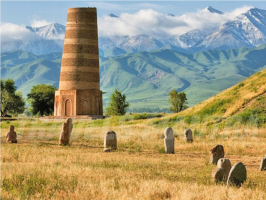Top 6 Best Places to Visit in Sudan
The majority of visitors to Sudan come to see the historic Nubian archaeological sites, which are less developed than those in Egypt but also more tranquil and ... read more...atmospheric. The vibrant culture of this transition zone between Arabic northern Africa and the Sub-Saharan rest of the continent has also piqued interest. And for those with the time and motivation to learn more, there are some really intriguing chats with friendly locals and expats to be had. Now, Let's Toplist show you the top 6 fascinating destinations in Sudan that you might want to visit on your next trip to this country.
-
Omdurman is a Sudanese city. It is the most populous city in the country, as well as the state of Khartoum. Omdurman is located on the west bank of the Nile River, opposite and northwest of Khartoum, Sudan's capital city. In this fascinating city, more women, some without headscarves, can be seen on the streets, while outsiders are seldom noticed.
The city is cramped and hectic in certain sections, yet it is unexpectedly modern in others, with an overall kind and polite air. The best thing to do in Khartoum is technically in Omdurman, the older and grittier city next door. Sufi mystics dance and chant in a highly charged euphoric atmosphere at the Hamed-al Nil tomb every Friday before dusk. The National Museum and the Nile River's confluence are both worth visiting in Khartoum and are quite close to each other.
Omdurman, home of Sudan's most famous souk, has a feel more akin to that of the Middle East, with tiny and quiet alleyways. Days well spent touring some of the museums, wandering the important Shari'a Al-Nil street, discovering its street markets, and visiting the unmissable point where the waters of the Blue Nile meet the waters of the White Nile are all worthwhile in Khartoum.
Location: Omdurman, Khartoum, Sudan
Entrance fee: N/A
Best time to visit:- January until March
- July and August
- October until December
Hours: N/A
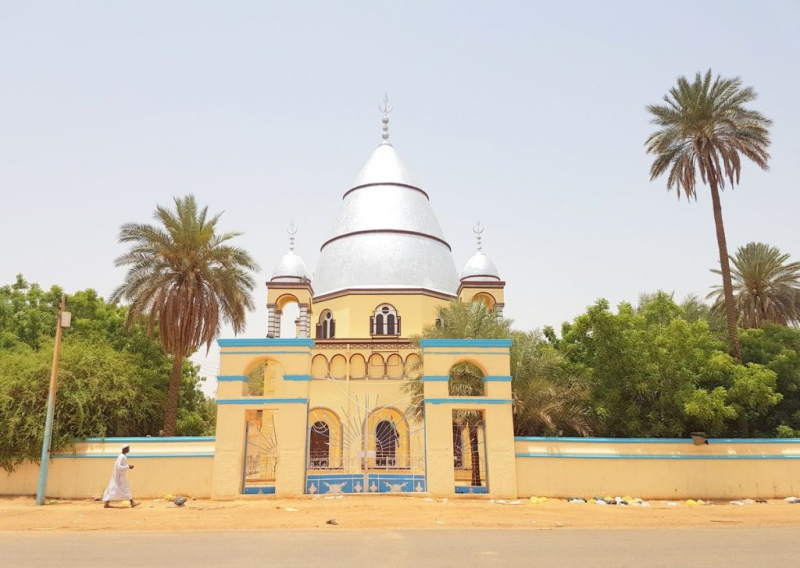
https://www.joaoleitao.com/ 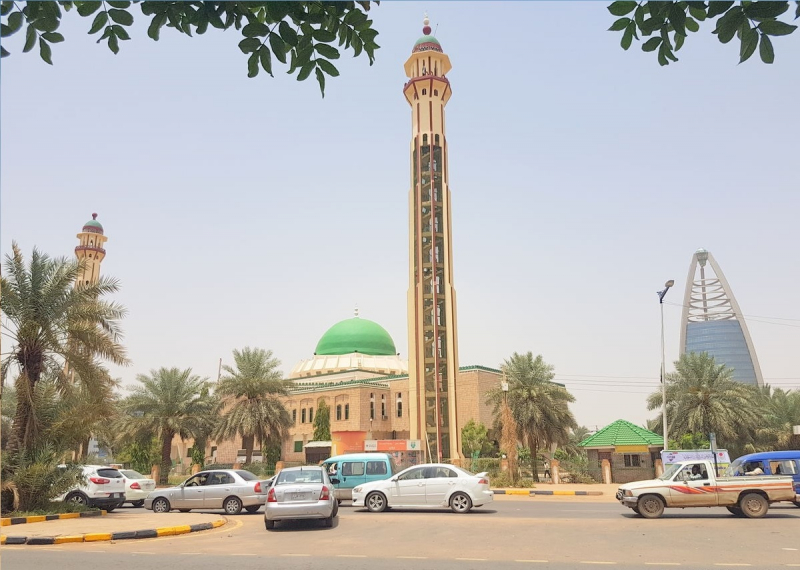
https://exploringwild.com/ -
Sudan possesses more pyramids than Egypt, despite the fact that they are smaller and less well kept. If you only visit one pyramid site in Sudan, make it to the Meroe pyramids. The Pyramids of Meroe are part of a larger complex of Nubian pyramids that were constructed over a millennium during the Kushite Kingdom. Three royal cemeteries were built near Meroe: the South Cemetery has nine royal pyramids. Four of the pyramids belonged to kings, while the other five were for queens. This site, which is usually visited as a day excursion from Khartoum or along the way from Atbara, is Sudan's best-preserved and most popular pyramid site.
The pyramids in this area are in various phases of renovation, indicating a complicated history of construction and excavation. Meroe's pyramids are easily accessible by public transportation from either Khartoum or Atbara. Simply request to be dropped off in Bajrawia village. Returning is more difficult and is usually accomplished by hitching. If you're prepared with your own kit, you can camp at the pyramids. Meroe is not to be confused with Merowe, which is located near Karima and where you may still roam about the ruins near the pyramids.
Location: Northern State, Sudan
Entrance fee: USD 20
Best time to visit: N/A
Hours: N/A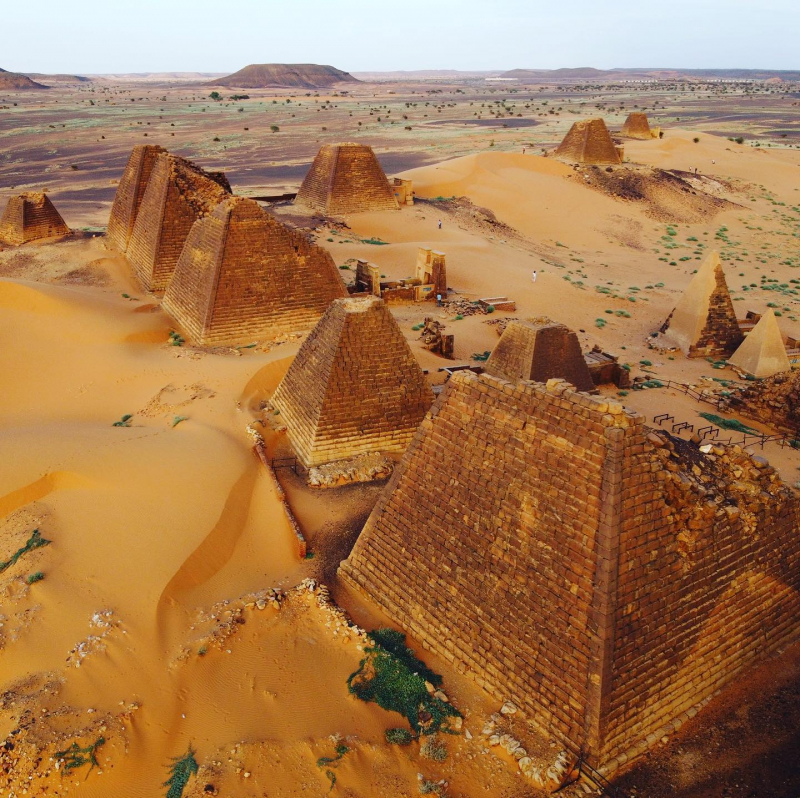
https://www.instagram.com/travelwithbrothers/ 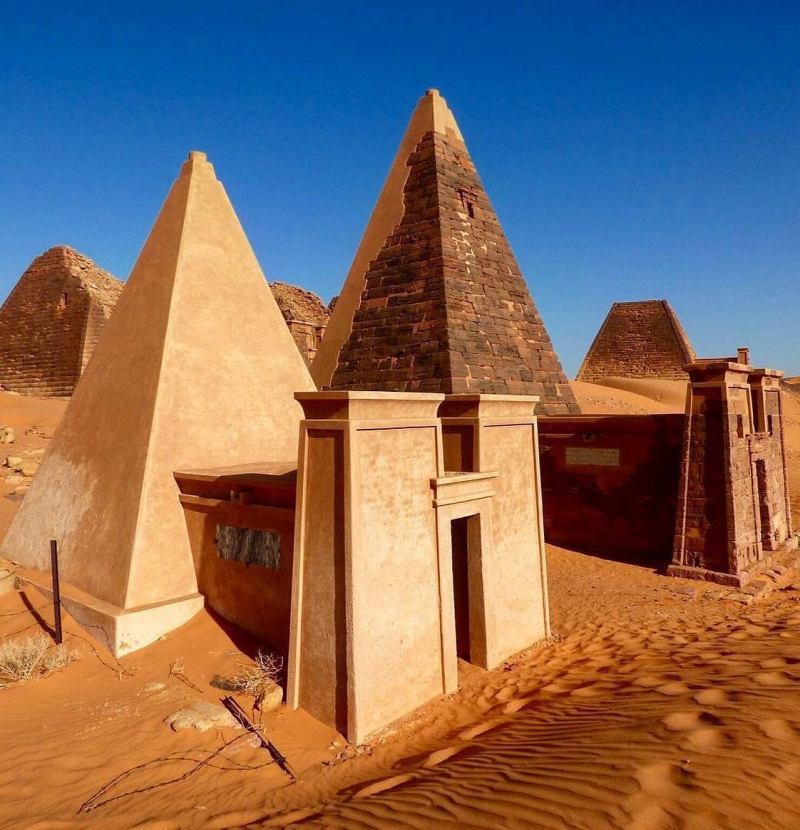
https://www.instagram.com/arab_world___/ -
These two Meroitic archaeological treasures are a little more difficult to get than most of Sudan's other tourist attractions, needing private transportation. They are located 26 kilometers (Naqa) or 30 kilometers (Musawwarat) east of the Khartoum-Atbara route on a sand and dirt road, sharing the same road for the first 15 kilometers after leaving the highway.
It's generally advisable to travel with an experienced guide/driver who is familiar with the dim and sandy desert paths. If you can make it there, the temples at these locations are among Sudan's most beautiful.
The temples of Amun and Apedemak (the latter showing the queen as equal in size and strength to the king), as well as the modest but impressively complex Roman Kiosk, may all be seen in Naqa. You can traverse the huge labyrinthine Great Enclosure and visit the well-preserved Lion Temple at Musawwarat Es-Sufra, which dates from the 3rd century BC. The old reservoir is usually empty these days, but standing there, one can almost imagine how the now-deserted desert would have looked and felt when life centered around this ancient temple complex was thriving.
Location: River Nile (state), Sudan
Entrance fee: 300 SDG
Best time to visit: N/A
Hours: N/A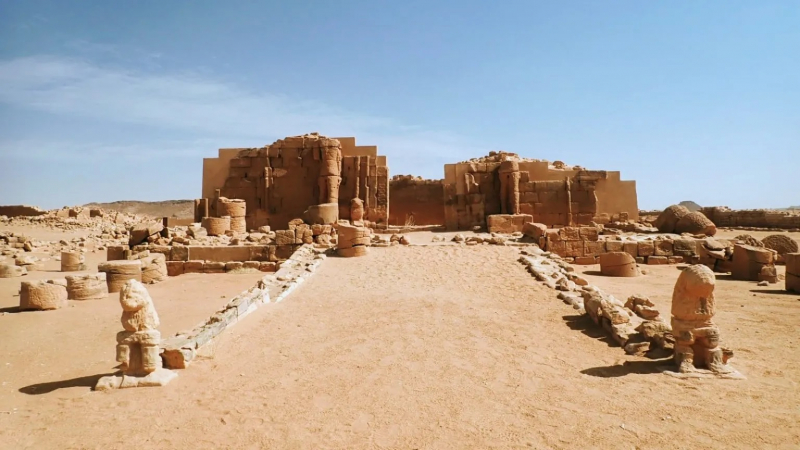
https://exploringwild.com/ 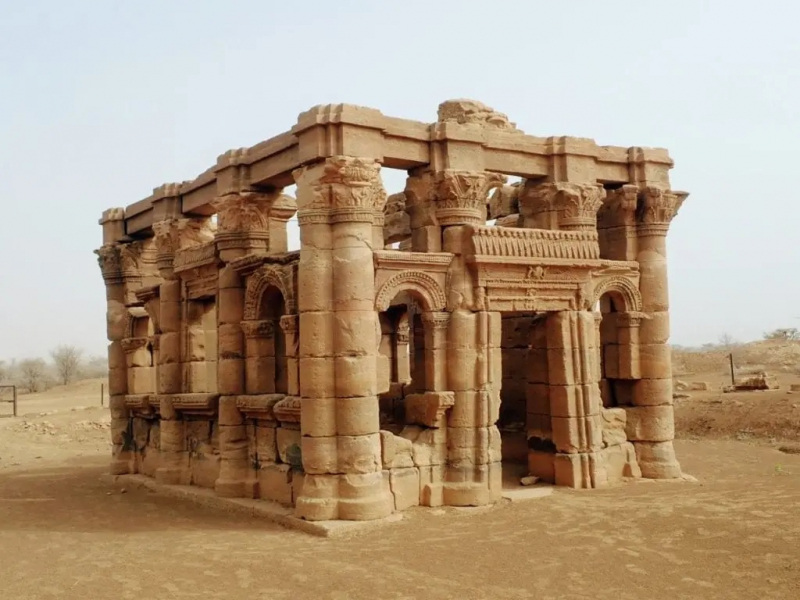
https://exploringwild.com/ -
The settlement of Karima is placed across a lengthy stretch of desert from Atbara. Due to the area's relative popularity with tourists, the town is calmer than Atbara, however, it can feel a little less welcoming than the smaller towns further down the Nile. Three of Sudan's tourism attractions are located in the Karima area.
- Jebel Barkal and Temple of Mut: Jebel Barkal is a small mountain known for its spectacular views and sunset hikes (bring a light for the way down). A cemetery and the ancient remnants of the Temple of Mut can be found at its foot.
- Karima Pyramids: These are well worth a visit, especially if you haven't gone to the Meroe Pyramids. They're free and literally just beside the road. They're in a tiny, easy-to-reach location and are nicely conserved (please don't climb them to help keep them that way).
- Nuri Pyramids: These pyramids, located on the east bank of the Nile and a little distance outside of town, are in a state of disrepair but are supposed to be atmospheric. Personally, I bypassed them because I had already seen the neighboring Karima pyramids and was on my way to Mero, but they are easily accessible and well worth a visit for pyramid enthusiasts.
Location: Karima, Sudan
Entrance fee:- Pyramids: free
- Nuri: N/A
- Jebel Barkal: 10 USD
Best time to visit:
- Pyramids: in the morning
- Nuri: autumn
- Jebel Barkal: N/A
Hours: N/A
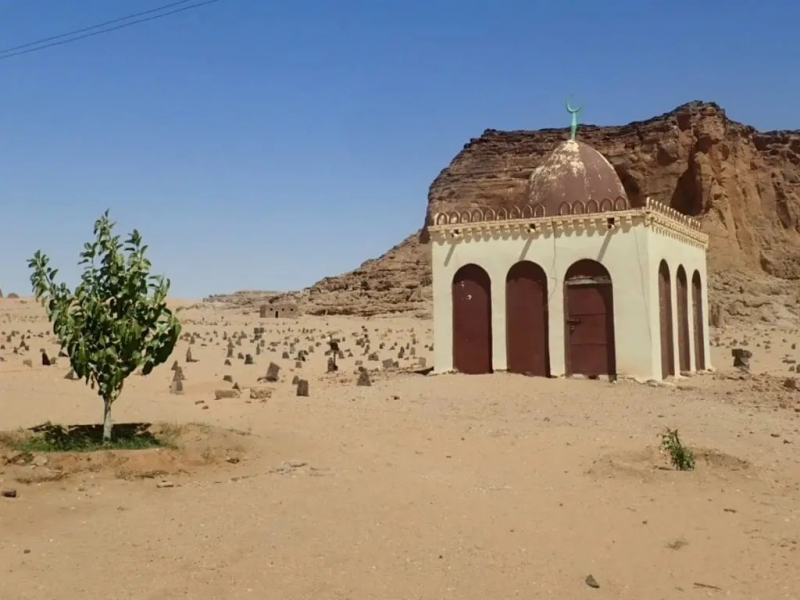
https://www.mustvisitplace.com/ 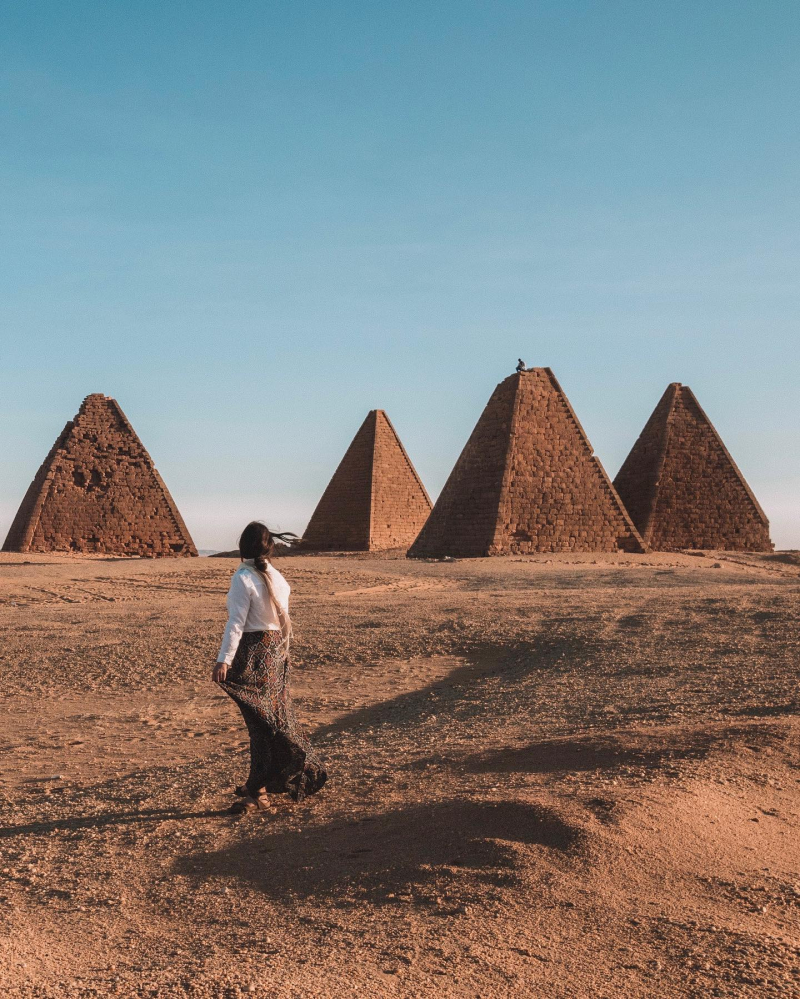
https://www.instagram.com/adventurouselle/ -
Soleb is an ancient settlement in modern-day Sudan's Nubia. The site is located on the Nile's western shore. It's about 3/4 of the way between Dongola and Abri, on the west bank of the Nile, across from the village of Wawa. Karl Richard Lepsius discovered and characterized it in 1844.
The majority of travelers will need to charter a small boat to cross the Nile, which can allegedly be done at a tiny hotel in Wawa. However, because you'll need to locate the owner first, this may take some time. The temple of Soleb, erected in the 14th century BC, is a relatively well-preserved Egyptian temple. For those preferring to spend the night near the temple, there is an informal homestay on the Soleb side, but you must provide your own food. A huge necropolis with small tomb chapels adorned with pyramids may also be found in Soleb. The first royal tombs date from the 18th dynasty, but others originate from the Ramesside and Meroitic periods.
Location: Soleb, Nubia, Sudan
Entrance fee: N/A
Best time to visit: N/A
Hours: N/A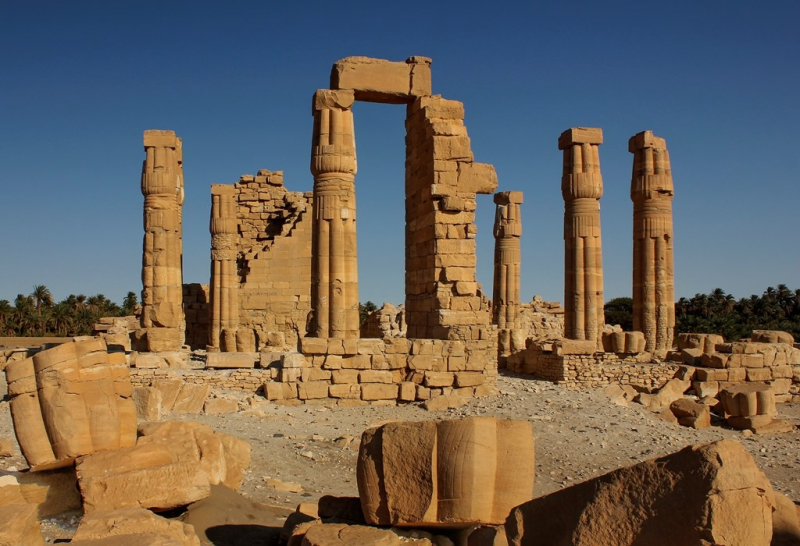
https://www.mustvisitplace.com/ 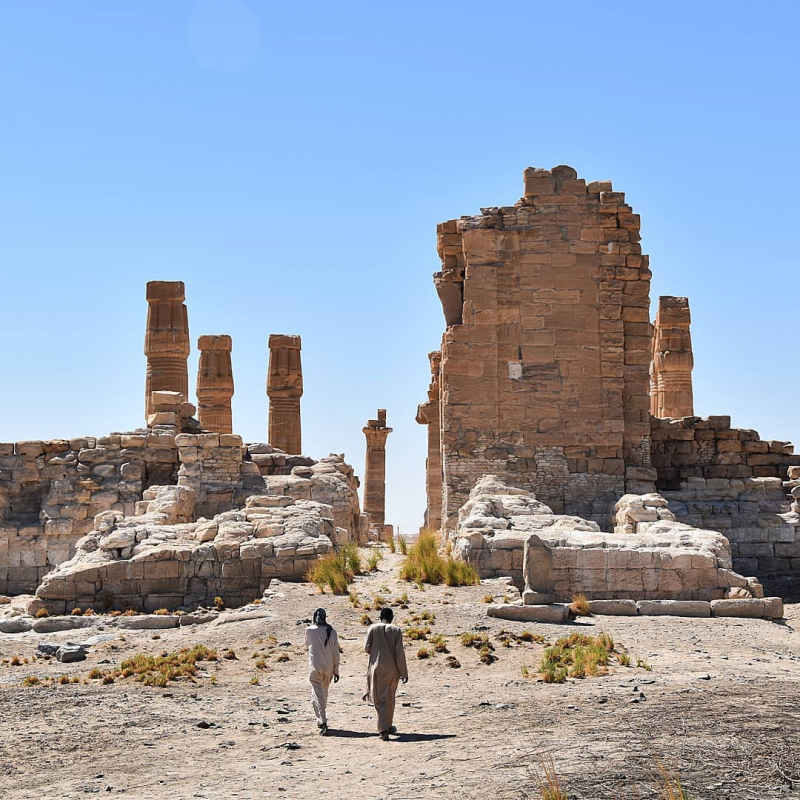
https://www.instagram.com/katiescapade/ -
Kassala is the capital of the Kassala State in Sudan, which is located in the eastern part of the country. In the year 1840, Kassala was established as a military camp for Ottoman Empire soldiers. Kassala was conquered by the Mahdists in 1885, and after the Battle of Kassala in 1894, Kassala was annexed by the Italians. The Kingdom of Italy gave Kassala up to the Kingdom of Egypt three years after the incident. Kassala was also ruled by the British as part of the Anglo-Egyptian Sudan from 1899 to 1956 when Sudan gained independence from the British.
In Kassala's traditional markets, you can get coffee-making equipment, mats, baskets, and traditional costumes. Kassala's restaurants are well-known for serving a range of delectable Sudanese delicacies, the most famous of which are fuul, tagaliya, and bamiya. The Khatmiyya Hasan mausoleum is one of Kassala's most popular tourist attractions. Three mountain summits, Taka, Totil, and Aweitila, tower over it. The tomb is that of a holy man named Seyyid Hassan, who is buried beneath a roofless dome near a partially destroyed mosque. In the neighborhood of the tomb, there is also a Qur'anic school for boys.
Location: Kassala, Kassala state, Sudan
Entrance fee: N/A
Best time to visit:- January until March
- June until December
Hours: N/A
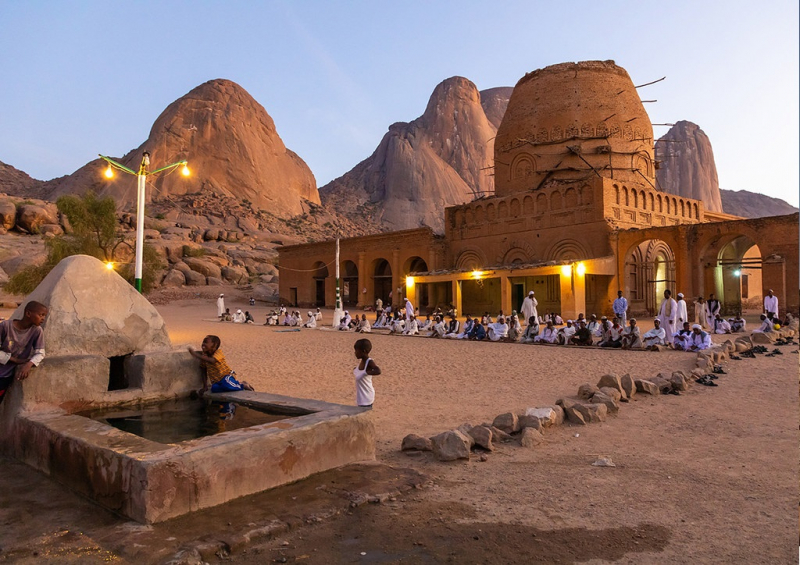
https://sunrise.maplogs.com/ 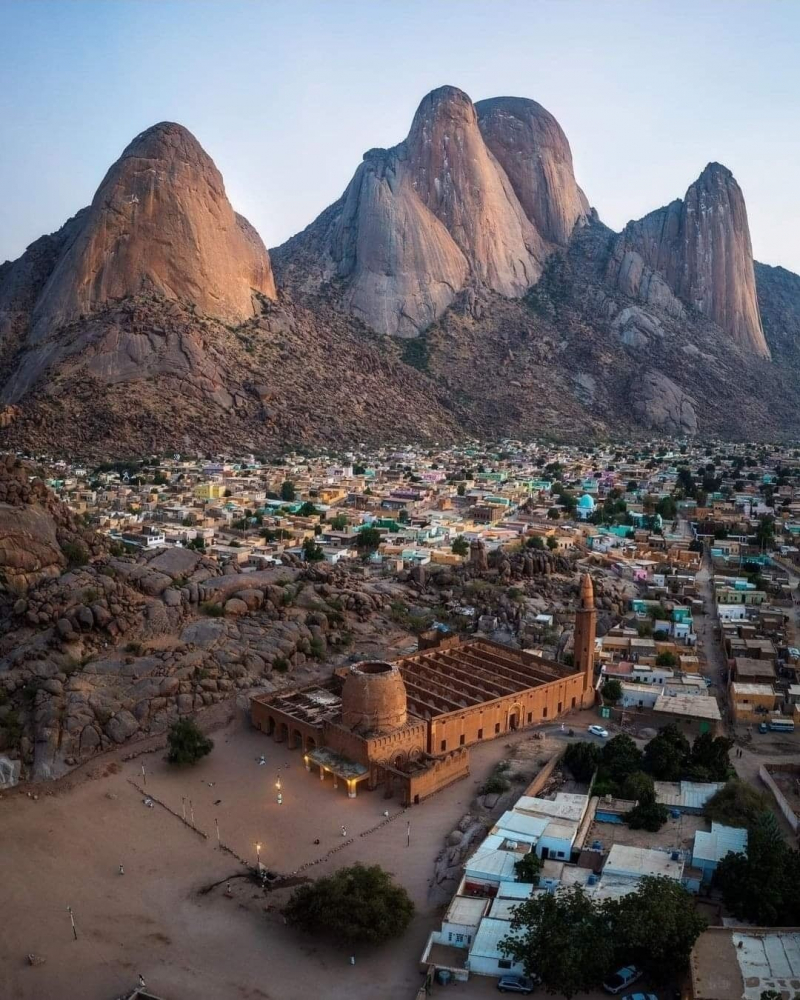
https://www.instagram.com/just_click2022/



